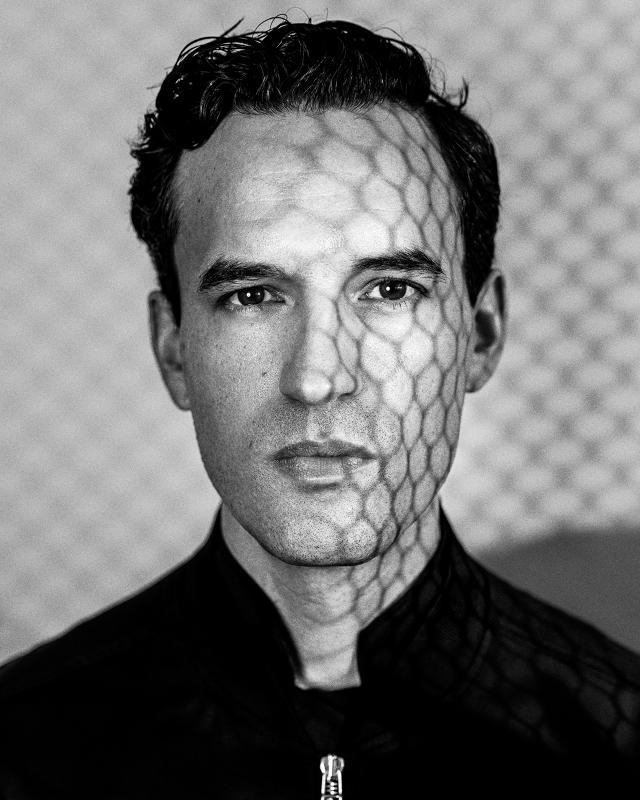In 2015, 18-year Nike veteran Martin Lotti introduced the company’s first-ever line of soccer cleats (or boots) made especially for women and created the sleek uniforms that the winning U.S. women’s soccer team wore at the 2015 FIFA Women’s World Cup. He also took the technology behind Nike’s most unconventional line of boots and modified it for apparel, so that instead of using lasers to perforate fabric, Nike knits breathable panels from scratch. And using a new, textured yarn, Lotti helped develop a more aerodynamic fabric that U.S. athletes will wear at the 2016 Summer Olympics in Brazil.
Fast Company: Last year, you went from overseeing one sport—soccer—to several: running, basketball, baseball, tennis, and more. How does that affect your creative approach?
Martin Lotti: The starting point is the same: the voice of the athletes. We look at the problems they identify, and we solve them. People may think we just use athletes for advertising, but they’re even more important for their insights.

What led to the high-top soccer cleats you developed for men, and then for the U.S. women’s team?
The top is essentially a sock. The athletes were telling us they didn’t want to feel [the] boots, almost as if they’re playing barefoot, like kids. So we used Flyknit [Nike’s precision knitting technology] to make a boot that fits like a sock—a sock with studs.
How do you make team uniforms distinctive?
In global events like the World Cup, the uniform is like a country’s flag. But we find ways to infuse soulful details. For the U.S. women, on the inside of the jersey, we put an inscription: WE CAN • WE WILL • WE ARE. It’s on the back of the crest, over the heart, just for the players. Are we going to sell more jerseys because of it? No. But it’s important for athletes to have an emotional connection to their garments. For a designer, that’s higher ground.
What’s the key to inspiring creativity?
I take my team to explore different worlds. If you design footwear, we won’t look at footwear. At one point, we looked at a golf ball and asked, “Why does it have dimples?” That led to the new AeroBlades technology at the Olympics. You’d think a smooth garment would be faster. But a textured dimension, like the ball’s dimples, creates turbulence that cuts through the air and makes you faster.
A version of this article appeared in the June 2016 issue of Fast Company magazine.
Fast Company , Read Full Story
(52)